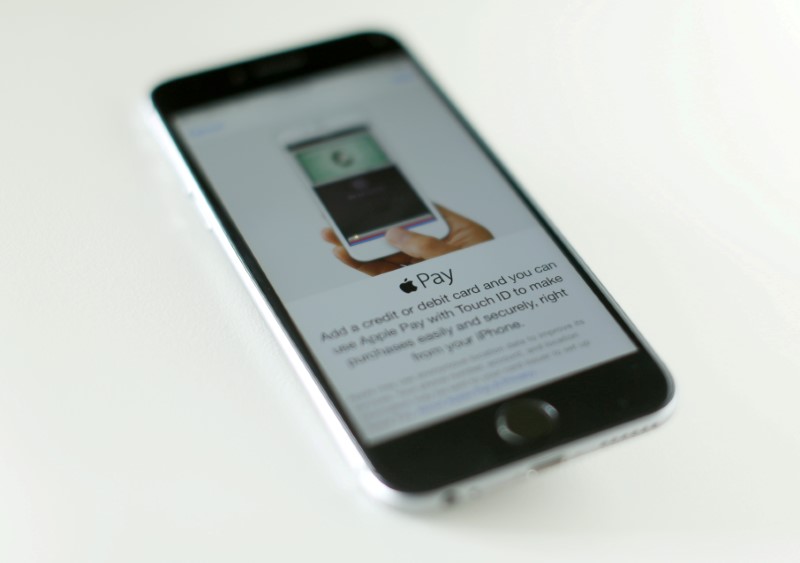This post was originally published on this site
https://i-invdn-com.akamaized.net/news/LYNXMPED6Q17U_M.jpg
Only 27% of large-cap mutual funds beat their benchmarks in the span, the poorest showing for any third quarter since Bank of America Corp (NYSE:BAC). began tracking the data in 1991. While other factors contributed to the dismal performance, strategists including Savita Subramanian highlighted underexposure to Apple as a key culprit.
Shares of the iPhone maker gained 27% in the period, a return that almost tripled the S&P 500 and exceeded all but 33 members in the index. The outsize return, along with its growing market weight as the company’s value topped $2 trillion, created a too high hurdle to clear.
Either by choice or regulatory strictures, not many active funds are positioned to maximize Apple’s gains. Among some 200 equity funds that are benchmarked to the S&P 500 and have at least $500 million in assets, four-fifths held fewer Apple shares (NASDAQ:AAPL) than the company’s 6.6% representation in the benchmark, data compiled by Bloomberg show. These funds returned 7.1% over the past three months, trailing the market by 1.3 percentage points.
Missing out was particularly painful for funds whose mandate steers them toward companies with faster profit expansion. Only 20% of growth funds beat their benchmark last quarter, with an underweight Apple ownership detracting 1.5 percentage points from their relative performance, BofA data showed.
Several reasons explain the aversion. Some see the stock as expensive, trading at 30 times forecast earnings. Chief Executive Officer Tim Cook has launched relatively few blockbuster products in the past decade despite forays into areas such as watches and television. Others suggest it may be due to a Securities and Exchange Commission rule limiting a fund’s ownership in a single stock.
Apple, Microsoft Corp (NASDAQ:MSFT). and Amazon.com Inc (NASDAQ:AMZN). are the three most underweight stocks by large-cap growth funds. Many of those managers are subject to SEC diversification rules that limit their very biggest holdings to no more than a quarter of their portfolios, Goldman Sachs Group Inc (NYSE:GS). strategists led by David Kostin wrote in a note last month.
Interestingly, when Apple’s hegemony eases, fund managers do better. When the shares reversed ground and fell 10% last month, the percentage of fund managers beating their benchmark surged to 60%, BofA data showed. As the economy recovers, market participation is likely to broaden, boding well for stock pickers, according to Subramanian.
Read: Some Wishes Come True for Active Funds in Weekly Nasdaq Shakeout
“Despite the weak performance in 3Q, the rotation in September showed a silver-lining for active managers,” she said. “The recent rotation has more room to run in the coming months, which in turn could boost performance for active managers.”
©2020 Bloomberg L.P.

